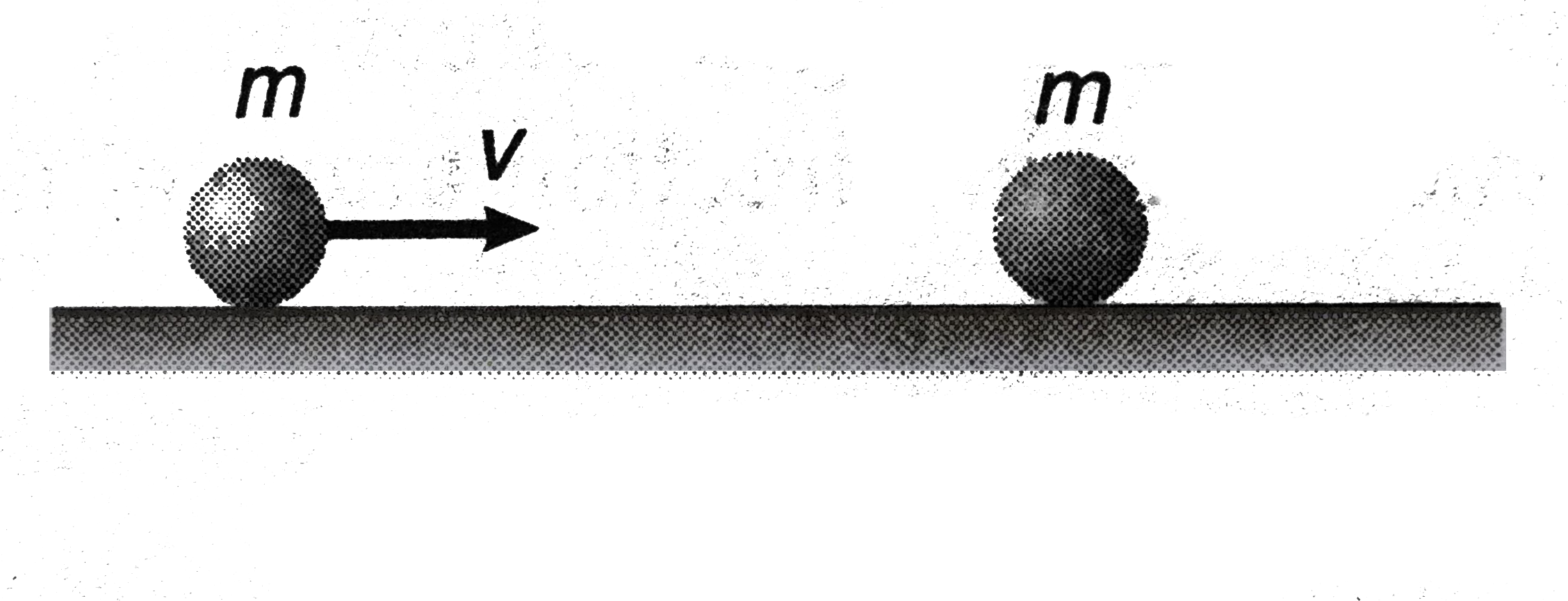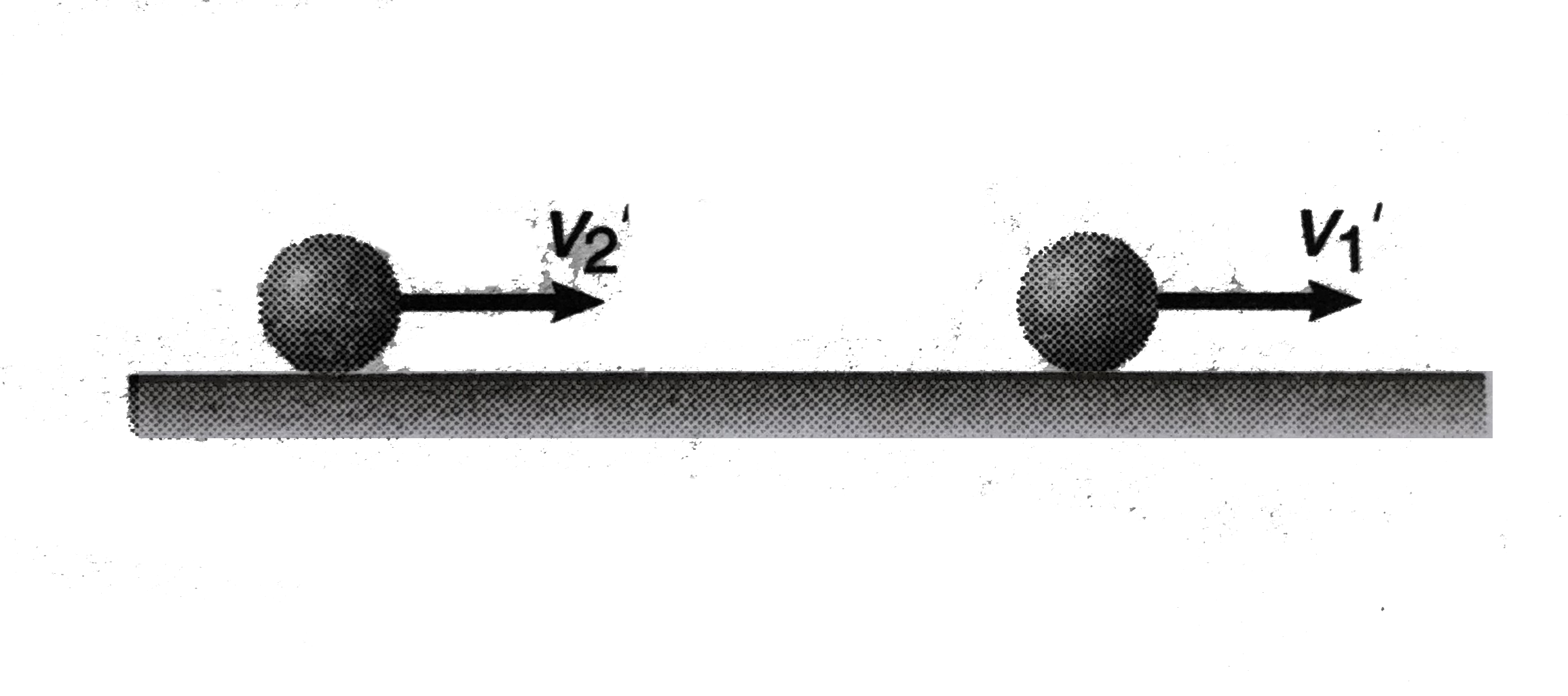A particle moving with kinetic energy K makes a head on elastic collision with an identical particle at rest. Find the maximum elastic potential energy of the system during collision.
nE/(n+1)
(n+1)E/n
(n−1)E/n
E/n
The correct Answer is:A
Step by step video solution for A particle moving with kinetic energy K makes a head on elastic collision with an identical particle at rest. Find the maximum elastic potential energy of the system during collision. by Physics experts to help you in doubts & scoring excellent marks in Class 11 exams.
Updated on:21/07/2023Similar Questions
A particle moving with kinetic energy E makes a head on elastic collision with an identical particle at rest. During the collision
View SolutionA particle moving with kinetic energy =3J makes an elastic head-on collision with a stationary particle which has twice its mass. During the impact :-
View SolutionA ball of mass m moving at a speed v makes a head on inelastic collision with an identical ball at rest. The kinetic energy of the balls after the collision is 34th of the original. Find the coefficient of restitution.


View SolutionAn α-particle with a kinetic energy of 2.1eV makes a head on collision with a hydrogen atom moving towards it with a kinetic energy of 8.4eV. The collision
View SolutionIn an elastic collision between two particles
View SolutionA particle of mass m moving with velocity v makes head-on elastic collision with a sationary particle of mass 2m. Kinetic energy lost by the lighter particle during period of deformation is
View SolutionA ball of mass 'm' moving with speed 'u' undergoes a head-on elastic collision with a ball of mass 'nm' initially at rest. Find the fraction of the incident energy transferred to the second ball.
View SolutionA particle loses 25% of its energy during collision with another identical particle at rest. the coefficient of restitution will be
View SolutionA moving body of mass m makes a head on elastic collision with another body of mass 2m which is initially at rest. Find the fraction of kinetic energy lost by the colliding particles after collision.
View SolutionA moving particle of mass m makes a head-on perfectly inelastic collision with a particle of mas 2m which is initially at rest. Find the fractional loss in energy of the colliding partic le after collision.
View Solution
